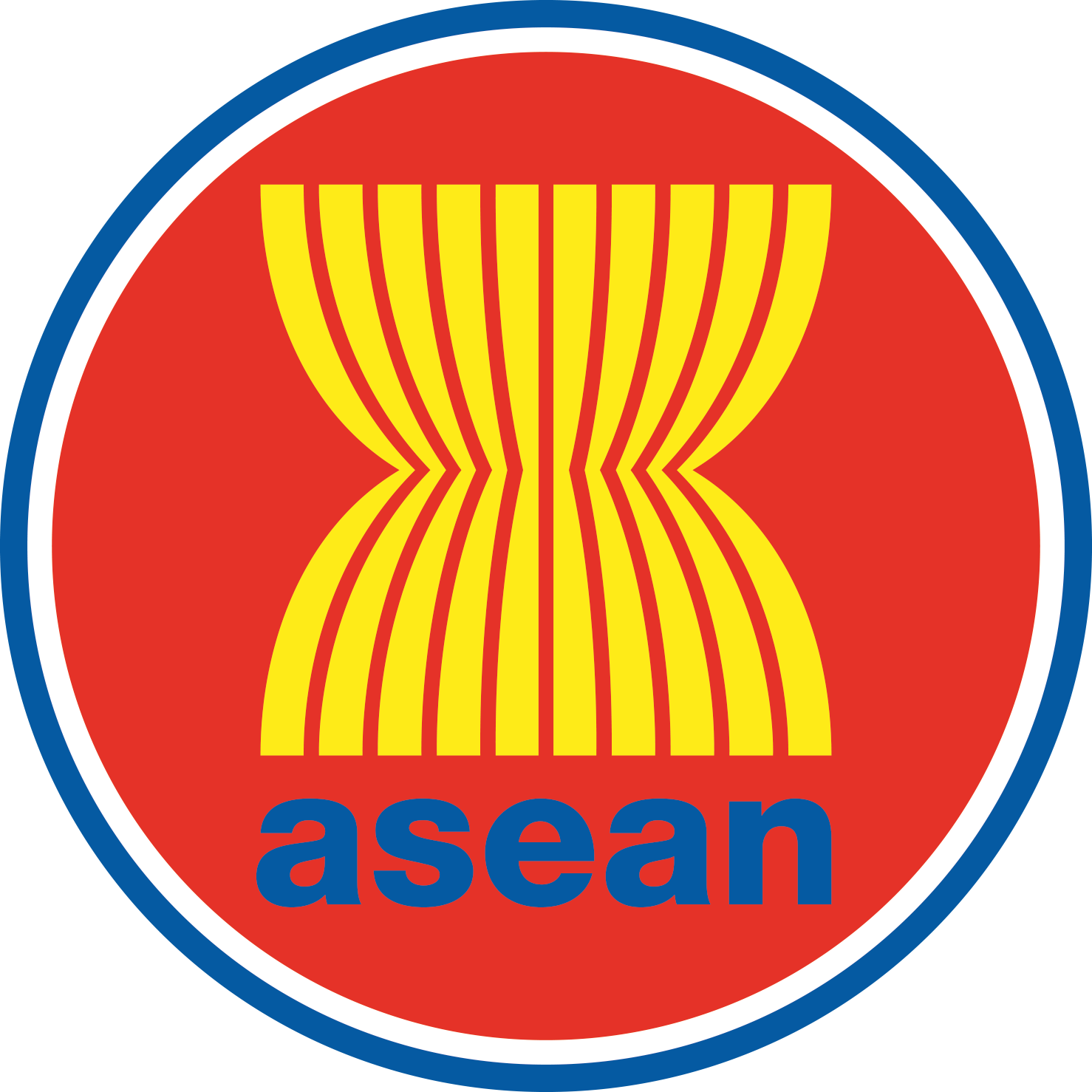Dispute Resolution and Redress
Fostering the development of effective, low-cost ways for consumers to resolve disputes and obtain replacements or monetary compensation for losses sustained is a key objective of all consumer protection systems. The particular features of consumer disputes require tailored mechanisms that can provide consumers with access to remedies that do not impose costs, delays and burdens disproportionate to the economic value at stake.
Consumer protection laws of different countries could provide for one or more than one of the following mechanisms for consumer dispute resolution and redress described below:
A. Internal complaints handling procedures by business:
Internal complaints handling processes are an integral element of consumer dispute resolution and redress systems. The efficient and effective handling of consumer complaints at the earliest stage can bring benefits to businesses and consumers alike, alleviating the need for recourse to more costly and time-consuming external mechanisms in a large number of cases. As with other informal mechanisms, however, recourse to internal complaints handling processes will not be effective in cases where consumers have been the victims of illegitimate businesses or fraudsters.
B. Alternative Dispute Resolution (ADR)
Where efforts to resolve disputes directly with businesses fail, alternative dispute resolution (ADR) can offer consumers a quick, effective and affordable way to obtain a remedy without the burden and expense of taking formal legal action. There are a wide variety of ADR mechanisms. Some of the most common forms are mediation, conciliation, assisted negotiation, and arbitration.
Mediation, conciliation, and assisted negotiation are all consensual processes whereby a neutral third party facilitates communication between the parties to help them reach agreement. Arbitration is an adjudicative process whereby a neutral third party gathers information from both parties and makes a decision that is often intended to be legally binding and final.
In recent years there has been an increasing use of information communication technologies (ICT) in alternative dispute resolution processes. In particular, the growth of the Internet during the 1990s provoked great interest in online ADR, or online dispute resolution (ODR).
C. Small Claims Procedures
Recognising that the regular court system is often beyond the reach of average consumers with low value claims, many countries around the world, including some in the ASEAN region, have introduced simplified court procedures for small claims. These procedures are designed as alternatives to traditional civil court proceedings, allowing individuals to resolve disputes and obtain redress at a cost and burden not disproportionate to the amount of their claim. Being independent, binding and enforceable, small claims procedures offer consumers the main benefits of the judicial system without the high costs, delay and procedural complexities procedures associated with the regular courts.
D. Private Collective Action Lawsuits
In some countries, there is a procedure available for legal action to be filed by groups of private individuals who have suffered similar harm as a result of the actions of the same defendant. Typically associated with the class action lawsuit in the United States, in recent years this type of action has been gaining in popularity in many other countries as a consumer protection mechanism (albeit often in a more limited form). Collective action can be particularly useful in cases where large numbers of consumers have each suffered small losses. It offers an avenue for redress to consumers who, due to the low value of the claim, would not be willing to undertake the burden and cost of legal action individually.
E. Legal Actions by Consumer Organisations
In some countries, the rights of consumers to take private legal action are supplemented by rights provided to consumer organisations to file lawsuits on behalf of a consumer or, more frequently, a group of consumers. Like private collective action lawsuits, actions by consumer organisations are particularly useful in cases of widespread consumer harm, providing a mechanism to prevent or remedy wrongful conduct by a defendant that may otherwise go unchecked.
F. Government-obtained Redress
Consumer protection laws could also grant statutory authority to government officials to bring legal actions to protect consumers. The organisational forms for these governmental consumer protection bodies vary from country to country, ranging from consumer ombudsman offices, to independent commissions, to directorates or divisions within a ministerial branch of the government.
Government consumer protection agencies could apply – either directly or via the courts – a number of different types of remedies to address marketplace infractions. They can be broadly characterised as conduct remedies and monetary remedies. Conduct remedies can involve injunctions, cease-and-desist orders and related measures. Monetary remedies can take a variety of forms, including fines or civil penalties, which are intended to deter infractions of the law, and disgorgement orders, which deprive a wrongdoer of the profits of the unlawful activity. The proceeds of both of these remedies usually end up back in government treasuries.
Another type of monetary remedy is an order for monetary redress. Orders for monetary redress aim to recover monies wrongfully obtained by a trader for return directly to the injured consumers. In addition to alleviating consumer injury, redress orders serve a deterrent function by depriving the wrongdoer of the ill-gotten gains.


